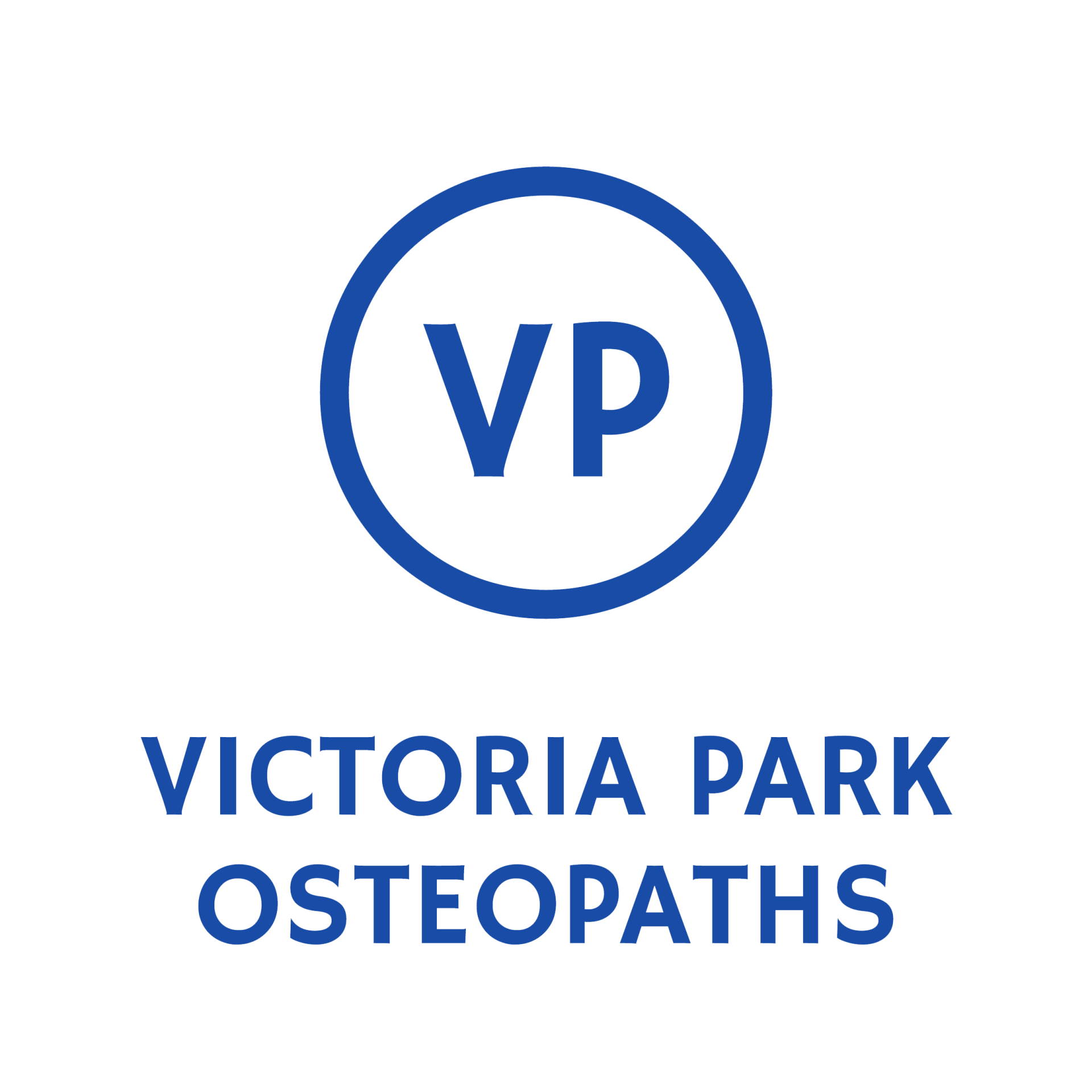What is Meralgia Paraesthetica?
Meralgia paraesthetica is a condition caused by compression or irritation of the lateral femoral cutaneous nerve — a sensory nerve that supplies the skin on the outer thigh. Because it’s a sensory nerve, the condition causes altered sensation rather than muscle weakness.
It often results from pressure at the front of the pelvis/hip area where the nerve travels under the inguinal ligament.
Symptoms & What You May Experience
You may notice one or more of the following on the outer thigh:
- Burning, tingling, or “pins and needles”
- Numbness or reduced sensation
- Hypersensitivity to touch or clothing
- Aching or stabbing pain
- Symptoms worse when standing, walking, or extending the hip
- Relief when sitting or bending the hip slightly
Symptoms are typically one-sided and do not affect muscle strength.
What causes Meralgia Paraesthetica?
Common causes include anything that increases pressure over the nerve pathway:
- Tight clothing, belts, tool belts, or heavy waistbands
- Obesity or weight gain
- Pregnancy
- Scar tissue or tension in the hip flexors
- Prolonged sitting or standing
- Postural asymmetry or pelvic tilt
- Trauma or surgery near the hip/abdominal area
- Diabetes or inflammation affecting nerve sensitivity
How We Help (At Victoria Park Osteopaths)
Treatment focuses on reducing compression, improving mobility, and relieving irritation of the nerve:
- Manual therapy to the hip, pelvis, and lower back
- Soft tissue release to hip flexors, TFL, quads, and abdominal muscles
- Mobilisation of the lumbar spine and pelvic joints
- Posture correction and movement advice
- Nerve gliding exercises where appropriate
- Guidance on clothing, belts, or work habit modification
- Advice on weight distribution and ergonomics
Our aim is to relieve nerve pressure and support long-term comfort and movement.
Recovery Time & What to Expect
- Mild cases may improve in 2–6 weeks with offloading and treatment
- More established symptoms may take
6–12 weeks
- Addressing posture, load, and compression is key to preventing recurrence
- Most people recover well without invasive treatment
When to Seek Medical Review / Red Flags
Consider medical assessment if you experience:
- Progressive numbness spreading to other areas
- Severe pain not eased by position change
- Muscle weakness in the leg
- Unexplained weight loss, fever, or systemic symptoms
- Symptoms persisting beyond several months despite management
In some cases, imaging, nerve blocks, or specialist input may be considered if conservative care is not sufficient.


